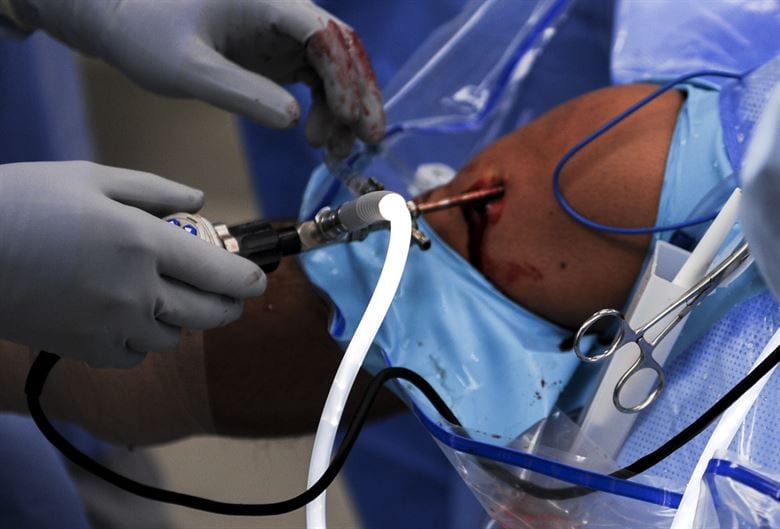
The anterior cruciate ligament is 1 of 4 ligaments in your knee. When it’s over-stretched, or if it tears, the resultant injury can be excruciatingly painful. Although women are statistically more likely to suffer an ACL injury, they can happen to anyone at practically any time; as more kids take up organized sports, and as seniors stay active well into their golden years, ACL tears are becoming common across a wide range of demographics requiring further customization of ACL tear treatment.
Step One: The Diagnosis
ACL tear diagnosis should, of course, be done as soon as possible after the injury occurs. While a Lachman test is considered the gold standard for diagnosis, a follow-up via MRI is often common, or may be requested by the patient’s insurance company as a confirmation. Diagnostic criteria are consistent regardless of the patient’s age, gender, or medical history. However, once we move from diagnosis to treatment, we begin to see some changes emerge.
Step Two: Approaches to Treatment
Until fairly recently, the approach to treating an ACL tear was based on the patient’s age. The emerging treatment model still accounts for age, but shifts focus to the patient’s activity levels and desired outcomes. Even though the steps taken are similar in their broad strokes, patient history and needs will often dictate shifts in emphasis when choosing treatments and carrying out long-term care.
The reason for an individualized approach is simple. The needs of a teenager who’d like to get back to her soccer team as soon as possible will be different than those of a woman with kids, which will in turn be different from those of a senior citizen concerned with getting groceries to her second-floor walkup. And each of them will have different needs and expectations than a man in his early sixties who’d like to get back to his morning walks around the neighborhood, but who won’t be competing in the high jump any time soon.
So what treatments are available?
More conservative approaches, like a knee brace, physical therapy, or occupational therapy will be fine for individuals who are only concerned with basic day-to-day activities like walking, cleaning, and laundry, and are tolerated reasonably well by many individuals. Surgical procedures are called for when activity levels and concomitant strain placed on the knee are higher. An autograft, which replaces the ACL with tendons from the hamstring or patella, helps in this regard. However, if those methods don’t bring relief — or if a prior ACL surgery has failed — an allograft may be called for instead.
A Thought in Closing
The ACL tear treatment modalities outlined above don’t always break down as cleanly as we’ve listed them. Indeed, it’s far more common to progress through the steps, or for different treatment modalities to support and reinforce one another. For instance, a brace can aid in a comfortable recovery, and PT and OT are common post-surgery to help patients regain mobility, strength, and function, especially when a patient has delayed in seeking treatment. So a careful approach is called for, combining patient consultation, appropriate treatment, and of course, the right orthopedic equipment from Great Lakes Imaging.
